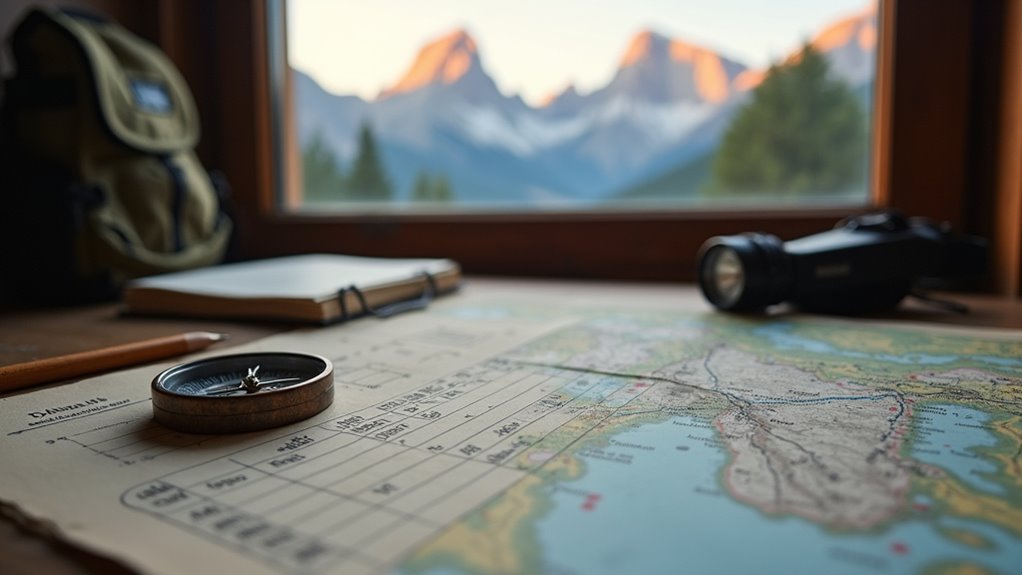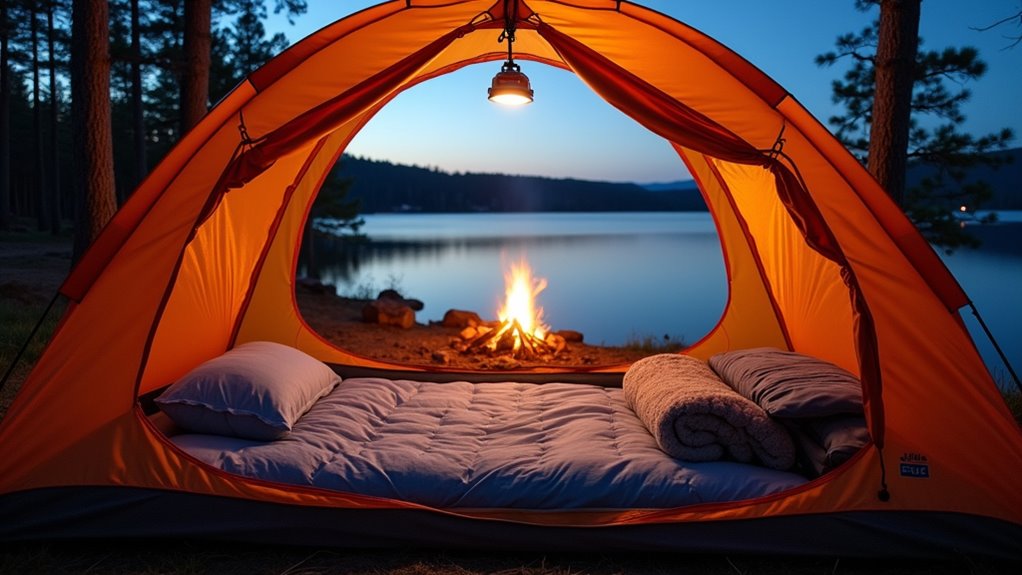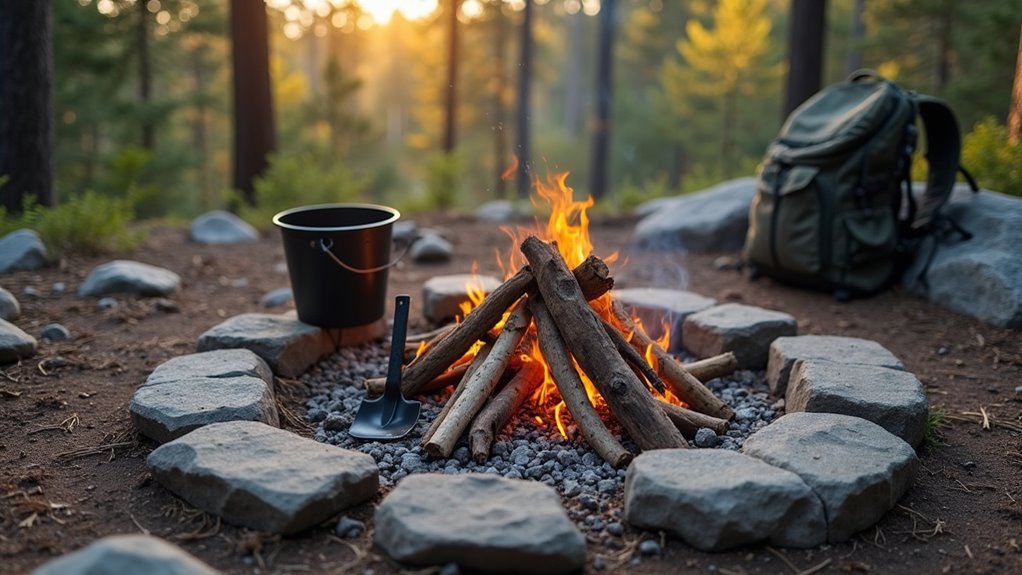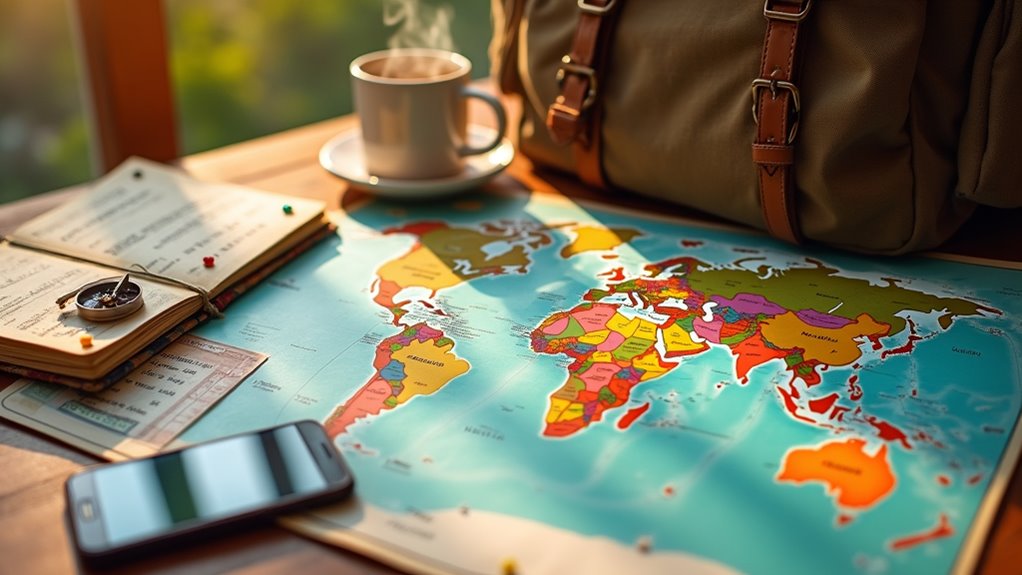You should start planning your backpacking trip several months ahead, especially if you’re targeting popular trails like the John Muir Trail or national parks where permits can sell out within hours—sometimes they’re released six months before peak season. Reflect on seasonal factors since summer offers safer mountain conditions but attracts crowds, while spring or fall might suit desert treks. Early preparation secures your preferred dates, helps with transportation, and guarantees you have the necessary gear and supplies. There’s more to reflect on to make your trip successful.
When planning a backpacking trip, you’ll need to approach each stage systematically to guarantee safety, comfort, and efficiency throughout your journey. One of the first decisions you face is how far in advance to start planning. The ideal timeline depends on several variables, including your chosen destination, the time of year, and any special requirements like permits or reservations.
For popular or complex routes, especially those in national parks or protected areas with permit quotas, you should begin planning several months ahead. Some destinations release permits six months or more before the season, and these can sell out rapidly, so early action is vital if you want your preferred dates.
Seasonal considerations are important. If you’re aiming for a mountain trek, summer usually offers the safest weather and clearest trails, but these months also attract larger crowds. Conversely, deserts are more manageable in spring or autumn, as summer heat can pose significant risks. Checking the best season for your chosen location is crucial, as some areas may be inaccessible or dangerous due to weather or closures at certain times of the year.
Weather patterns directly affect your comfort and safety, so always research historical climate data and current forecasts for your timeframe. Novice backpackers might benefit from choosing less busy times of the year, reducing the pressure of crowded trails and increasing the likelihood of securing permits.
When selecting a route, weigh your group’s experience, desired daily mileage, and fitness levels. Use reliable maps, guidebooks, and online forums to pinpoint water sources, campsites, and trailheads. Always choose trails that match your skill level assessment to ensure everyone in your group has an enjoyable and safe experience.
Account for transportation logistics early—flights, shuttles, and car arrangements often require advance booking, especially in remote areas. Before departure, transfer photos off camera memory cards to ensure you have enough storage space for new memories during your trip.
Gear and food planning should also start early, allowing time to acquire, test, and adjust equipment for the specific environment. Preparing a detailed packing list, evaluating gear volume and weight, and planning for contingencies like extra food, water purification, and first-aid supplies will reduce last-minute stress.
Determine your caloric needs, choose lightweight, nutrient-dense foods, and map out water resupply points, bringing purification methods suitable for the area.









